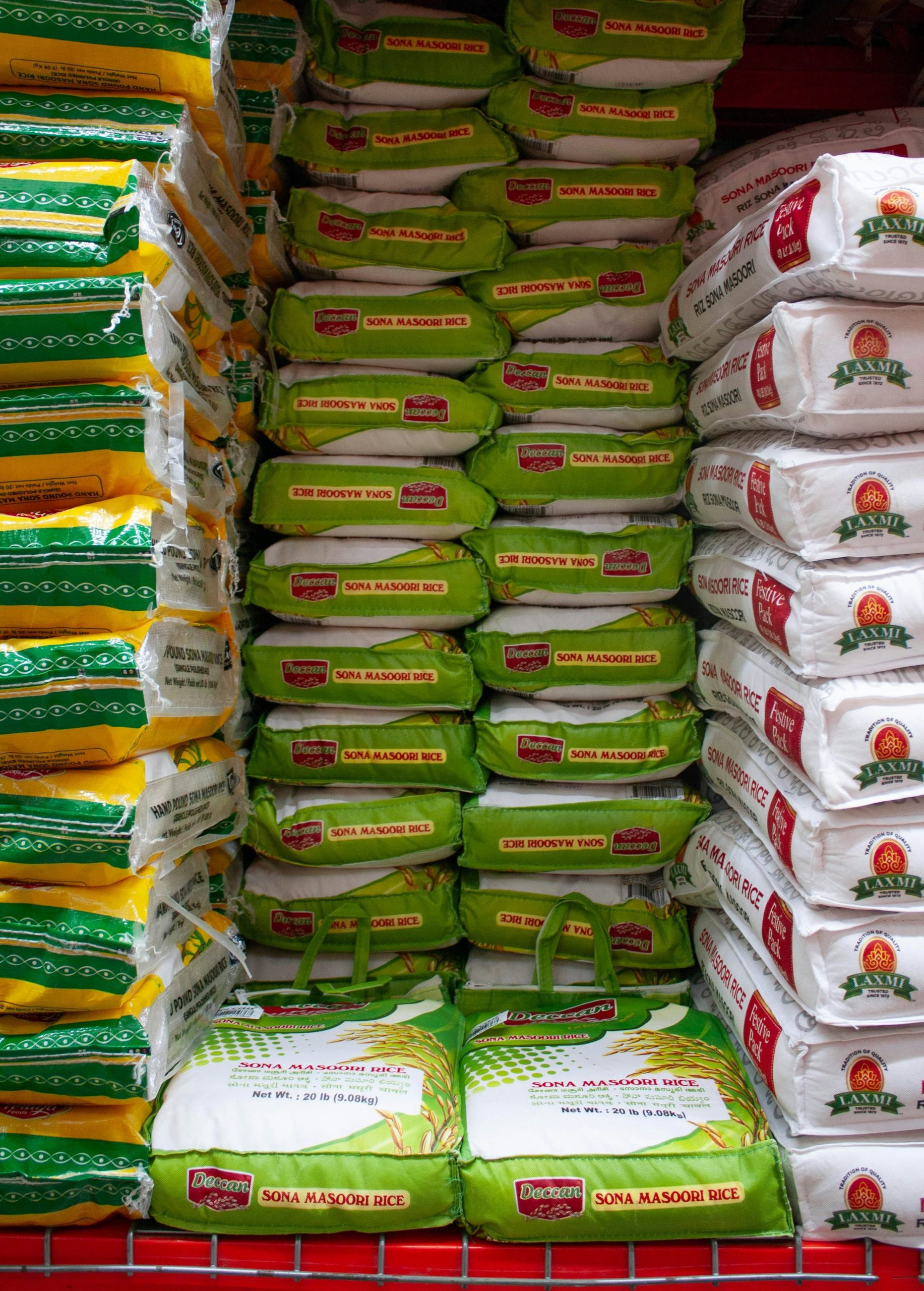
Bags of rice – a staple in countless households around the globe. How can you keep these grains fresh and insect-free for longer? One effective solution lies in proper storage. By sealing bags of rice in airtight containers, you can safeguard them from pests and humidity, preserving their quality and taste. This simple step ensures that your rice remains delicious and ready to use whenever you need it. Explore the world of rice storage and let your culinary creations shine with the help of well-preserved bags of rice.
Bags of Rice: Everything You Need to Know
Welcome, young readers, to a fascinating journey into the world of bags of rice! Rice is a staple food for many people around the world, and the bags it comes in play a vital role in keeping it fresh and safe. In this blog post, we will dive deep into the amazing world of bags of rice, exploring their types, uses, and interesting facts. So, grab a seat and let’s explore together!
The Importance of Bags of Rice
Have you ever wondered why rice comes in bags? Well, bags of rice are not just any ordinary bags. They are specially designed to protect the rice from moisture, dust, and pests. This is important because rice needs to be stored in a cool, dry place to stay fresh for a long time. The bags also make it easy to transport and store rice, ensuring that it reaches our plates in perfect condition.
Types of Bags of Rice
There are different types of bags that rice comes in, each with its own unique features. The most common types are burlap bags, woven polypropylene bags, and plastic bags. Burlap bags are made from natural fibers and are biodegradable, making them eco-friendly. Woven polypropylene bags are strong and durable, ideal for storing large quantities of rice. Plastic bags, on the other hand, are lightweight and water-resistant, perfect for protecting rice from moisture.
Burlap Bags
Burlap bags, also known as jute bags, have been used for centuries to store and transport rice. They are made from the fibers of the jute plant, which is native to India and Bangladesh. Burlap bags are breathable, allowing air to circulate around the rice and prevent it from spoiling. They are also reusable and can be used for other purposes once the rice is consumed.
Woven Polypropylene Bags
Woven polypropylene bags are modern bags that are designed to be strong and tear-resistant. They are commonly used for packaging rice in large quantities, such as in warehouses and stores. These bags can hold a lot of rice without tearing, making them ideal for transport and storage. They are also recyclable, which is good for the environment.
Plastic Bags
Plastic bags are lightweight and waterproof, making them perfect for protecting rice from moisture and other contaminants. They are commonly used for packaging smaller quantities of rice that are meant for individual consumers. While plastic bags are convenient, they are not biodegradable and can harm the environment if not recycled properly.
Interesting Facts About Bags of Rice
Did you know that the largest bag of rice ever made weighed over 75,000 pounds? That’s equivalent to the weight of about 18 adult elephants! Rice bags come in all shapes and sizes, from small 1-pound bags to massive industrial bags that can hold thousands of pounds of rice. Next time you see a bag of rice, remember the incredible journey it has made to reach your kitchen!
As we come to the end of our exploration into the world of bags of rice, I hope you have gained a new appreciation for these humble yet essential containers. Bags of rice may seem simple, but they play a crucial role in ensuring that this important food staple reaches us in perfect condition. So, next time you enjoy a delicious bowl of rice, take a moment to thank the humble bag that made it all possible!
Thank you for joining me on this adventure, young readers. Stay curious and keep exploring the amazing world around you!
How to Cook Success Boil-in-the-Bag White Rice – Quick & Easy
Frequently Asked Questions
What is the recommended way to store bags of rice for long-term freshness?
It is best to store bags of rice in a cool, dry place away from direct sunlight and moisture. Sealing the rice in airtight containers or resealable bags can help maintain its quality and prevent any infestation.
How can I check if a bag of rice is still good to use?
Inspect the rice for any signs of discoloration, strange odors, or the presence of insects. Properly stored rice should have a consistent color and a neutral scent. If the rice has an off-putting smell or appears moldy, it is best to discard it.
Are there different types of rice available in bags?
Yes, bags of rice come in various types such as white rice, brown rice, jasmine rice, basmati rice, wild rice, and more. Each type of rice has its own unique flavor, texture, and cooking properties, catering to different preferences and culinary uses.
Final Thoughts
In conclusion, bags of rice are a staple food across cultures worldwide. They provide sustenance, nutrition, and comfort to millions of people every day. With their versatility and long shelf life, bags of rice are a practical and essential item to have in any kitchen. From savory dishes to sweet treats, these humble bags of rice continue to play a significant role in diverse cuisines globally.
